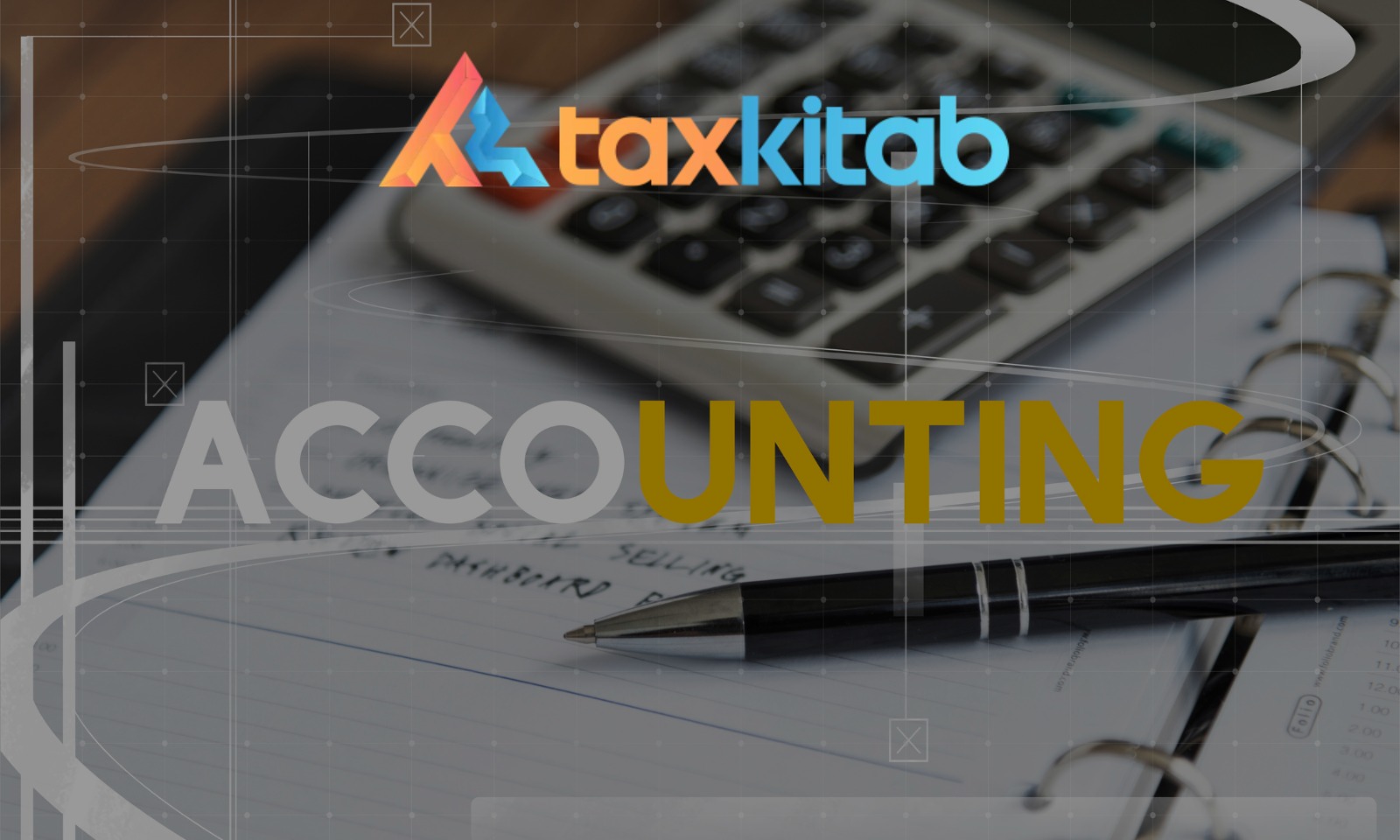
If you’re running a business and struggling to make sense of GST returns, you’re in good company. For many small business owners, freelancers, and even seasoned entrepreneurs, GST (Goods and Services Tax) returns can feel like a maze of forms, deadlines, and legal jargon.
But don’t worry — you’re not alone, and the good news is: it’s easier than it seems once you understand the basics.
More detail Inside: https://taxkitab.com/gst-return/
Let’s break it down in simple terms so you can file your GST returns with confidence and stay compliant without stress.
✅ What Is a GST Return?
A GST return is a document (usually filed online) that shows the details of your business’s sales, purchases, tax collected on sales (output tax), and tax paid on purchases (input tax).
The government uses this information to:
Track tax liability
Ensure compliance
Prevent tax evasion
If you’re registered under GST, you’re required to file returns periodically, even if there’s no business activity during a specific period.
📑 Types of GST Returns (and Who Should File Them)
Here are the most common types of GST returns that businesses need to be aware of:
| Return Type | Purpose | Who Files It? | Frequency |
|---|---|---|---|
| GSTR-1 | Report outward supplies (sales) | Registered sellers | Monthly/Quarterly |
| GSTR-3B | Summary return (tax payment) | All GST-registered businesses | Monthly |
| GSTR-4 | For businesses under Composition Scheme | Composition taxpayers | Annually |
| GSTR-9 | Annual return | Regular taxpayers | Annually |
| GSTR-9C | Reconciliation statement | Taxpayers above turnover threshold | Annually |
💡 Note: Your exact filing requirement depends on your business type, turnover, and the scheme you’re registered under.
🧾 What You Need Before Filing a GST Return
Before you start filing, keep these handy:
GSTIN (your GST Identification Number)
Sales and purchase invoices
Debit/credit notes, if any
Tax payment details
Access to your accounting software or records
Bank statements (optional but helpful for reconciliation)
🖥️ How to File a GST Return Online
Log in to the GST portal with your credentials
Go to ‘Returns Dashboard’
Select the relevant financial year and month
Choose the correct form (e.g., GSTR-3B, GSTR-1)
Enter the required data (or import from accounting software)
Validate, save, and submit
Pay any tax due and file the return with a digital signature (DSC) or OTP
⏳ Tip: Use software tools like Tally, Zoho Books, or QuickBooks to auto-generate returns and upload directly to the GST portal.
⚠️ What Happens If You Don’t File?
Missing or delaying GST return filing can result in:
Late fees and interest
Blocked Input Tax Credit (ITC)
GST registration cancellation
Legal notices or penalties
Here’s a quick look at late fee penalties in India, for example:
₹50 per day (₹25 CGST + ₹25 SGST) for regular returns
₹20 per day for nil returns
🙋♂️ Common Questions About GST Returns
1. What if I didn’t make any sales this month?
You must still file a nil return — skipping it could result in penalties.
2. Can I revise a GST return once filed?
You can’t revise a return directly, but you can adjust mistakes in the next return period.
3. Do I need to file GST returns if I’m under the composition scheme?
Yes, but fewer forms. Typically, you file GSTR-4 annually and pay taxes quarterly using CMP-08.
4. Can I file GST returns myself or do I need a professional?
If your business is small and transactions are straightforward, you can file it yourself. But if your business is growing or your filings are complex, consider hiring a GST practitioner or accountant.
📆 Important Filing Deadlines (India Example)
| Return | Due Date |
|---|---|
| GSTR-1 | 11th of the following month (monthly) / 13th (quarterly) |
| GSTR-3B | 20th of the following month |
| CMP-08 (composition taxpayers) | 18th of the month following the quarter |
| GSTR-4 | 30th April (annually) |
| GSTR-9/9C | 31st December of the next financial year |
📌 Always check local or updated government portals for the latest due dates.
🧠 Final Thoughts
GST return filing doesn’t have to be confusing. Once you understand the forms you need, gather the right data, and stay on top of deadlines, it becomes a manageable monthly or quarterly task.


